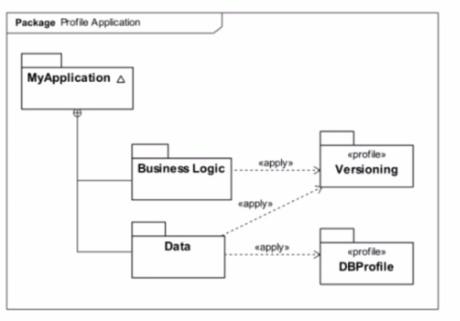Correct Answer:
C
The sequence diagram depicts interactions over time between different entities. To determine the order of events, one must follow the flow of messages from top to bottom, as this represents the chronological order in which these interactions occur.
In the given diagram, 'HH' is a lifeline that is eventually destroyed, indicated by the finalization (cross) symbol at the bottom of its lifeline. The reception of 'z' is an event that happens between the lifelines labeled 'xX' and 'yY', and the reception of 'w' is an event that happens between 'q:Q' and 'p:P'. Since sequence diagrams are read from top to bottom, the message 'w' is the last one before the destruction of 'q:Q', which is indicated by the destruction occurrence specification (cross) at the bottom of 'q:Q'. Therefore, the last event that occurs according to the diagram is the reception of 'w'.
Reference to UML 2 specifications include:
UML 2.5 Specification (formal/2017-12-05), by Object Management Group, which describes the semantics of sequence diagrams, interactions, and the interpretation of message flows and lifeline termination.
Sequence Diagrams in UML, which explain the order of interaction and message passing between lifelines.




